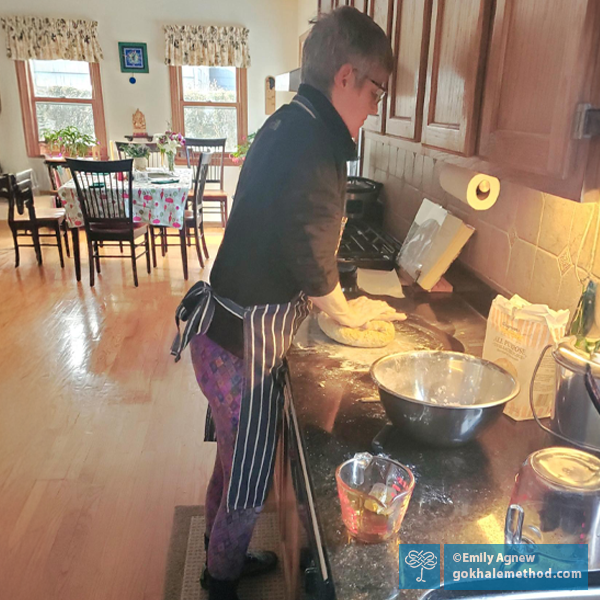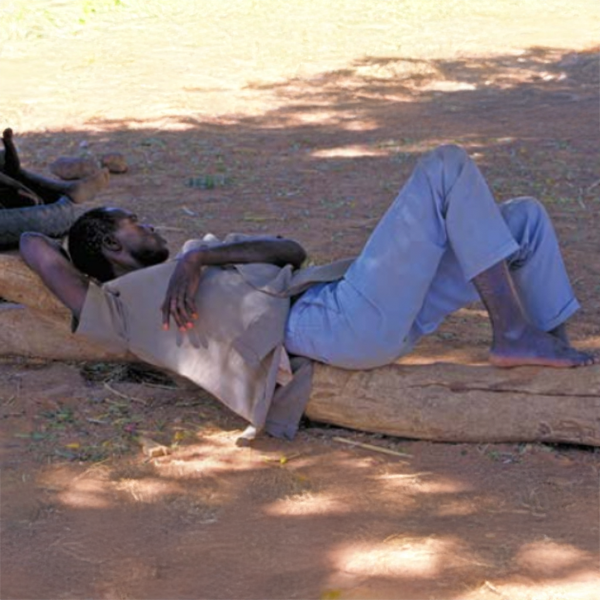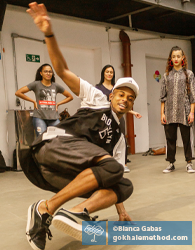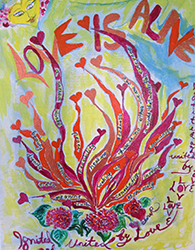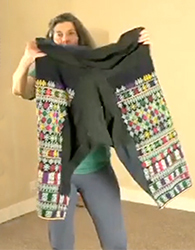Tom Carter’s Back Pain Success Story
The Year Is Yet Young, And So Are You! Emily Agnew’s continuing Success Story
Healthy Posture for Better Sleep
Aha Moments in Healthy Posture
Freedom from Pain This July 4
Clare’s Gokhale Method® Success Story
Pants, Posture, and a Pain in the Back
Old Family Portraits Are a Great Posture Tool: Part 3: Hip-hinging in Small Bends
Posture in Old Lithuania
Harvesting rye with scythes in early twentieth-century Lithuania. Original photograph Balys Buročas, 1923.
The Gokhale Method has improved my understanding of how posture correlates to our health and physicality. The method is based on healthy body architecture and has been informed by movement patterns from populations without back pain, those shared by our ancestors worldwide. This inspired me to take a look at my own forefathers in Lithuania, especially their posture while laboring in the fields.
Memories of my youth
I was born and raised in urban Soviet Lithuania. Yet, we had a little plot of land outside the city in “kolektyviniai sodai” (collective gardens) and most of our weekends and
What's New and What's Missing in the 2017 ACP Clinical Guidelines for Back Pain Treatment
The American College of Physicians (ACP) has just issued new Clinical Guidelines for the non-invasive treatment of non-radicular lower back pain (pain that does not radiate from and is not caused by damage to the spinal nerve root).
Since the last guidelines were issued in 2007, the ACP has dramatically revised the medical solutions commonly offered for back pain. Many interventions that were once routinely administered to back pain patients, having proven to be ineffective or counterproductive for back pain, are no longer part of the guidelines for doctors. Surgery, cortisone and nerve blocking injections, X-rays, and MRIs are all discouraged in back pain cases where they used to be a part


